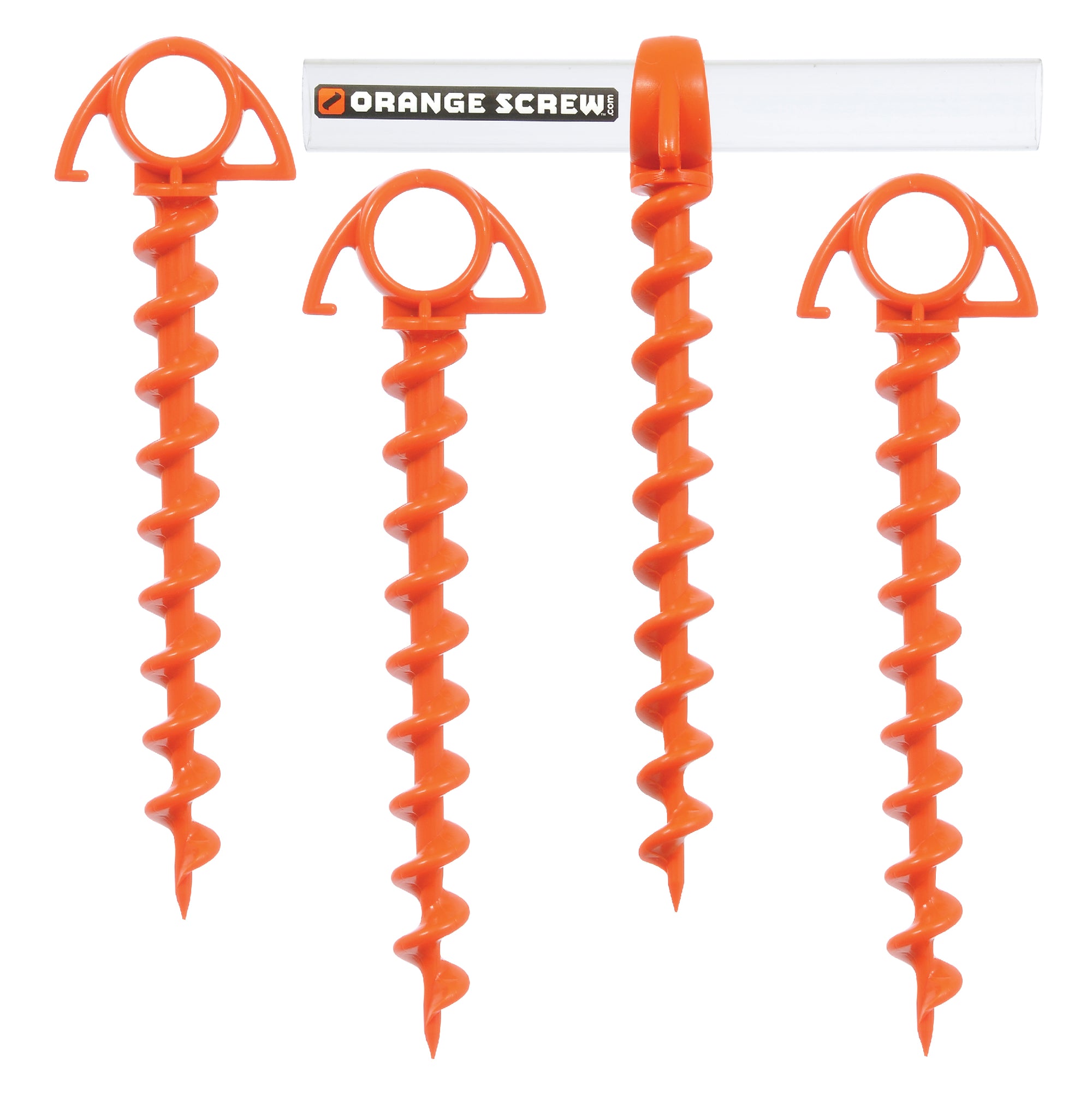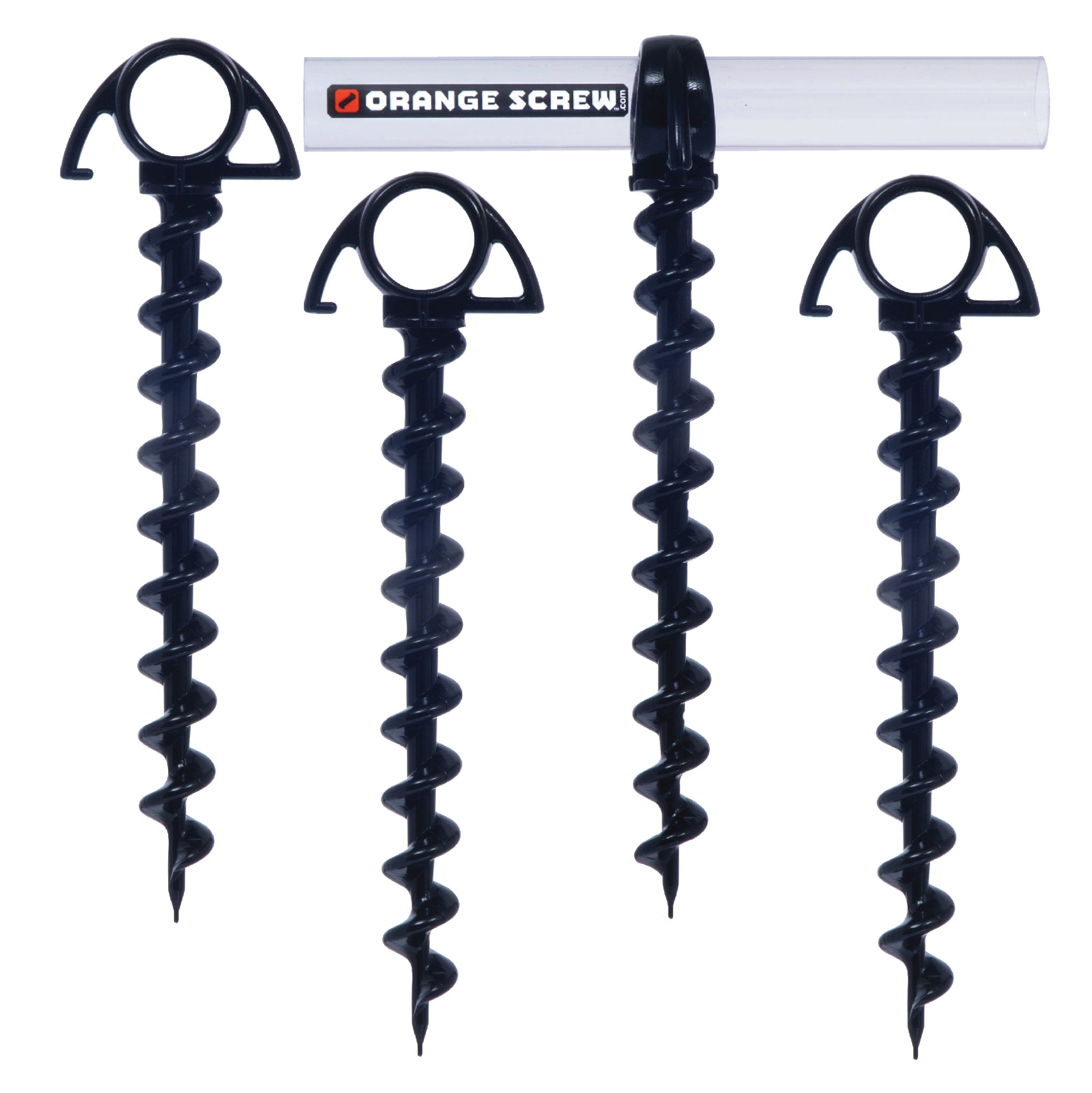Everything You Need to Know About Choosing the Right Ground Anchor for Various Applications
Everything You Need to Know About Choosing the Right Ground Anchor for Various Applications
Blog Article
Explore the Various Kinds of Ground Anchor for Your Following Task
When starting a building or landscaping project, comprehending the different kinds of ground supports offered is critical to guaranteeing both stability and toughness (Ground Anchor). From auger supports, which master diverse soil conditions, to risk supports made for short-term setups, the choices are countless. Additionally, concrete and screw supports existing distinct benefits in certain scenarios, while deadman supports are customized for applications calling for resistance to side pressures. The choice of an appropriate support type can considerably influence the general success of your project, prompting further exploration into their respective advantages and applications.

Auger Anchors
Auger supports are a popular selection in different building and landscape design jobs due to their distinct style and reliable securing abilities. These supports contain a helical screw-like shaft that is driven right into the ground, permitting for a safe and steady hold. The spiral layout assists in easy installation and optimizes resistance versus lateral forces, making auger anchors specifically effective in applications such as fence, momentary structures, and erosion control.
The setup procedure of auger supports is reasonably straightforward. Auger anchors can be easily gotten rid of and recycled, which adds to their cost-effectiveness and sustainability.
Among the significant benefits of auger supports is their capability to disperse tons evenly throughout the surrounding soil, minimizing the threat of soil disruption and lessening ecological effect. Additionally, they are much less at risk to heaving or loosening up in time compared to typical anchoring approaches. Auger supports are an outstanding option for tasks requiring reputable and durable anchoring services.

Stake Anchors
When it pertains to securing structures in a range of exterior applications, risk anchors use a dependable and simple solution. These supports are generally created from durable products such as steel or aluminum, created to hold up against environmental anxieties while giving optimal security. Their simple layout enables fast installment, making them a suitable option for short-term or permanent anchoring requirements.
Stake supports are especially useful in safeguarding camping tents, canopies, and other light-weight frameworks versus wind and climate. They function by being driven right into the ground at an angle, creating a strong hold that withstands pull-out forces - Ground Anchor. The efficiency of risk supports depends upon a number of variables, consisting of dirt kind, dampness web content, and the angle of installation
For included safety, several risk supports include add-on factors for bands or ropes, permitting stress changes as necessary. In applications such as landscape design or construction, they can successfully stabilize tools or frameworks on uneven terrain. Generally, risk supports give a flexible and cost-effective service for securing various outdoor setups, making them a favored option for professionals and DIY fanatics alike.
Concrete Anchors
Concrete anchors supply a durable option for securing structures to concrete surface areas, making certain stability and security in various applications. These anchors are necessary for tasks ranging from domestic buildings to large-scale commercial installations. They are available in different types, consisting of expansion supports, sticky anchors, and undercut supports, each developed for specific tons requirements and ecological conditions.
Sticky supports utilize high-strength epoxy or resin to bond the anchor to the concrete, using premium load-bearing abilities, specifically in fractured concrete circumstances. Undercut supports create a distinct form within the concrete, supplying exceptional holding power, especially in applications where tensile loads are prevalent.
Picking the proper concrete anchor involves considering elements such as the weight of the load, the problem of the concrete, and environmental conditions. Correct installation strategies are critical to make sure optimal efficiency and dependability. When carried out correctly, concrete supports significantly boost the architectural integrity of various tasks, making them indispensable in contemporary construction practices. Recognizing the certain requirements of your job will certainly assist in picking the ideal kind of concrete anchor for the task.
Screw Anchors

Screw anchors are a versatile fastening service that can be successfully employed in a variety of applications where traditional concrete supports might not be sufficient. These anchors include a helical style that enables them to be easily driven into the ground, making them suitable for use in dirt and various other substratums. Their distinct framework gives outstanding holding power and resistance to pull-out forces, making them suitable for various Ground Anchor projects, from landscape design to structural assistance.
Among the primary advantages of screw supports is their ease of installment. They call for very little tools and can typically be set up without the requirement for excavation, which saves both time and labor prices. Furthermore, screw supports can be eliminated and reused, offering a sustainable option for short-term applications.
Screw supports are particularly useful in areas where soil conditions are challenging, such as sandy or loose soils. Their ability to be mounted at differing depths enables customization based upon details job needs. Generally, screw anchors give a dependable and reliable anchoring method, making them a superb selection for specialists and designers seeking efficient solutions for their tasks.
Deadman Anchors
Deadman supports offer as a durable solution for maintaining frameworks in challenging problems, specifically where traditional securing techniques may fail. These supports include huge, hefty objects hidden underground, which develop resistance versus lateral pressures. The style usually involves a straight component, such as a block of concrete or a metal plate, buried in the dirt, to which cables or bands are affixed.
The effectiveness of deadman anchors hinges on their capability to disperse lots over a larger location, you can look here lowering the threat of failing in unsteady dirt problems. They are especially advantageous in applications such as maintaining walls, short-term structures, and incline stabilization, where dirt activity can compromise the stability of the framework.
Setup of deadman supports requires careful preparation to guarantee they are placed at the appropriate deepness and positioning, maximizing their load-bearing capability. While they might require even more labor and product than lightweight anchors, their reliability in unfavorable problems makes them important for lasting tasks. Furthermore, deadman anchors are flexible and can be adapted to different applications, making them a go-to option for designers encountering one-of-a-kind difficulties in their tasks.
Verdict
Auger supports succeed in diverse dirt conditions, while risk supports fit short-lived applications. For concrete surfaces, growth and sticky supports provide reputable alternatives, and screw anchors use convenience in tough terrains.
Furthermore, concrete and screw supports existing unique advantages in particular situations, while deadman anchors are customized for applications requiring resistance to lateral forces - Ground Anchor.Auger supports are a popular choice in numerous building and construction and landscape design jobs due to their unique style and effective securing abilities. They come in various kinds, consisting of development supports, glue supports, and undercut supports, each developed for particular tons demands and ecological problems
Sticky supports use high-strength epoxy or material to bond the support to the concrete, providing exceptional load-bearing capabilities, specifically in fractured concrete circumstances. On check my blog the whole, screw anchors offer a reliable and effective securing approach, making them an excellent choice for engineers and service providers looking for reliable remedies for their jobs.
Report this page